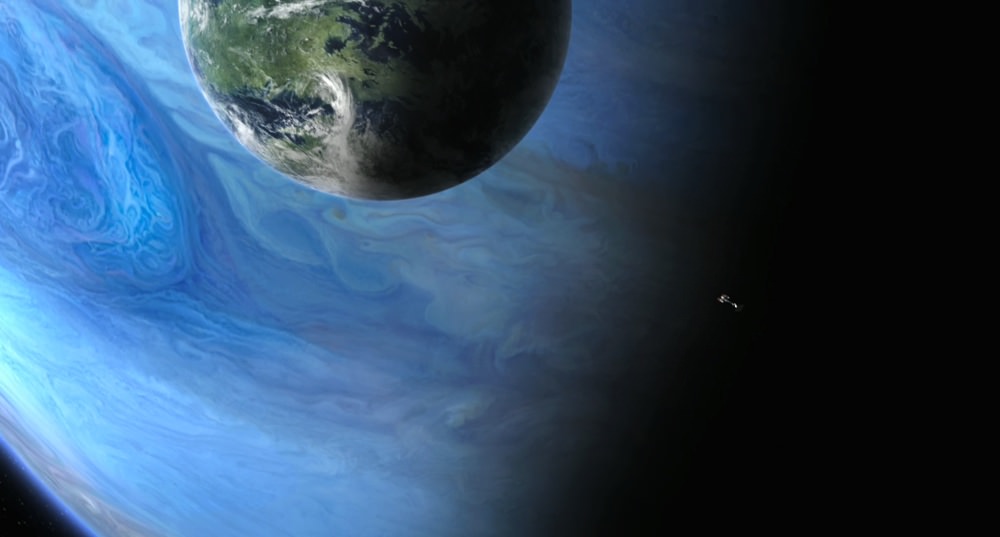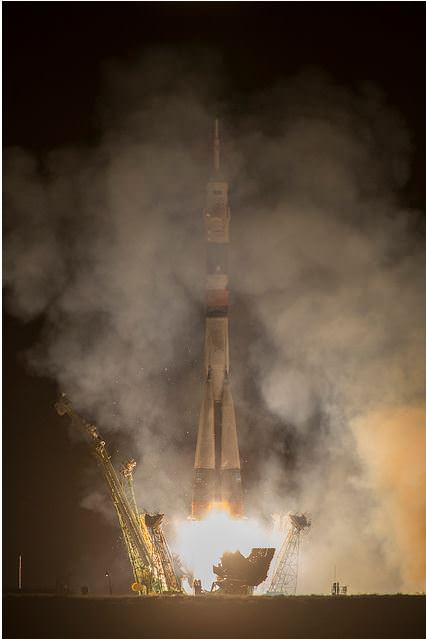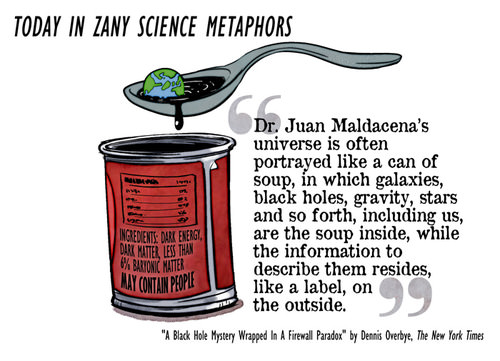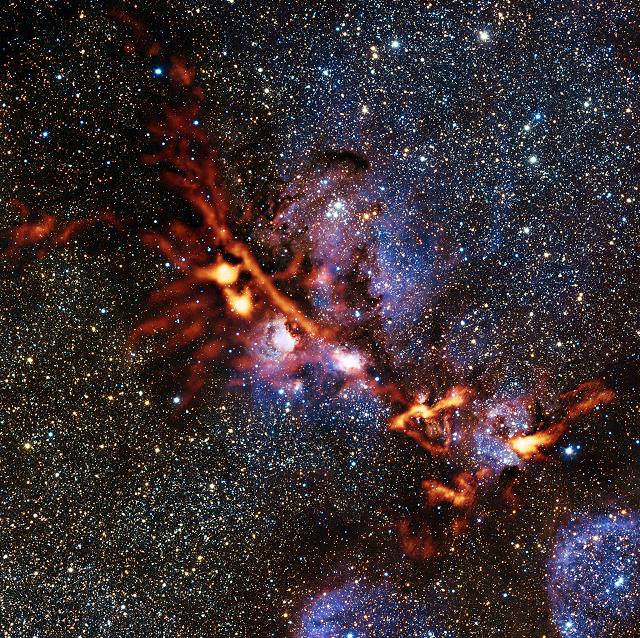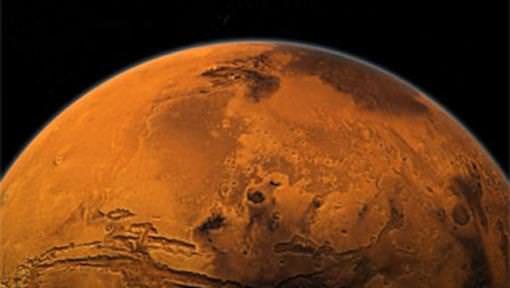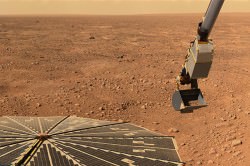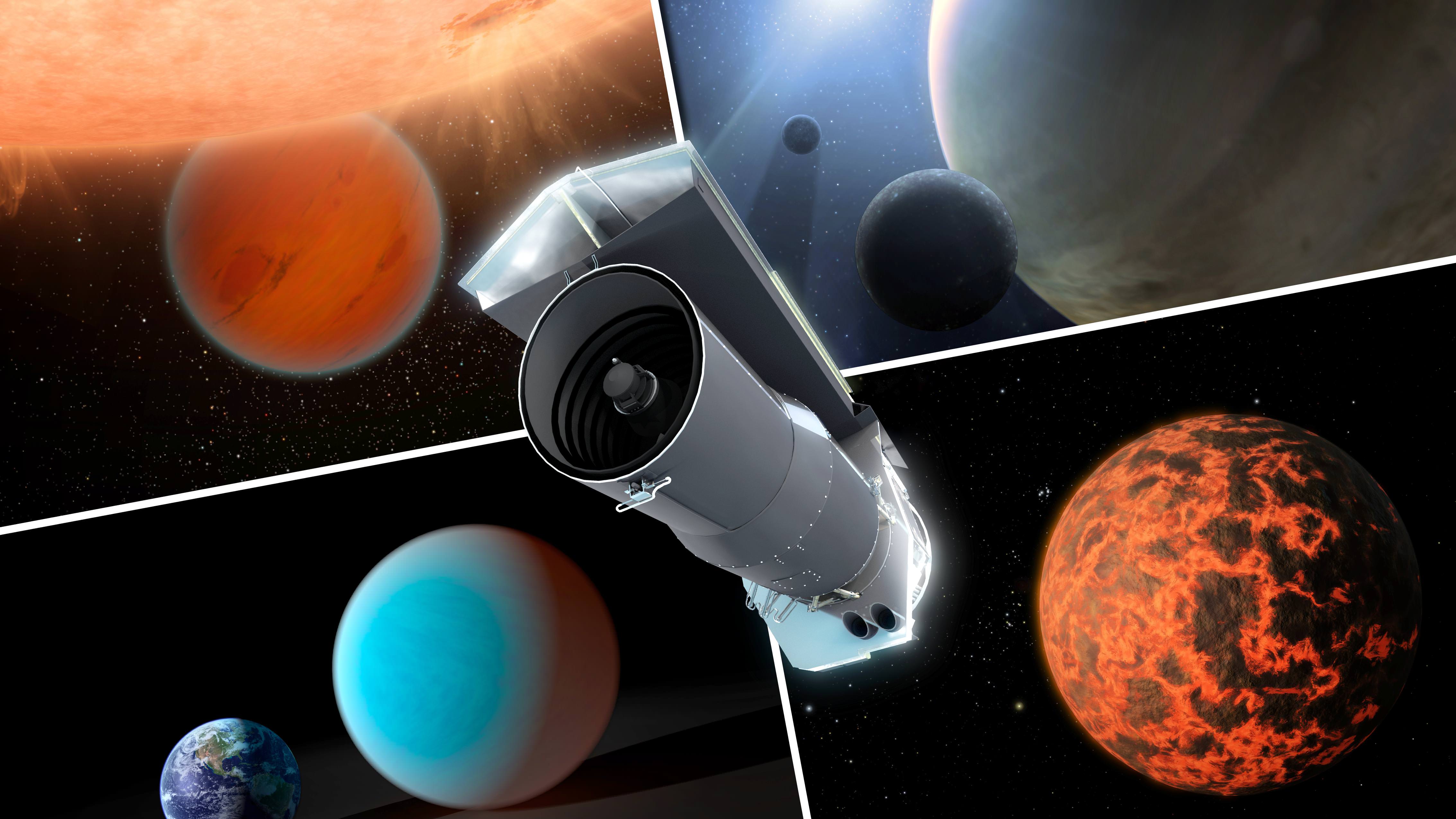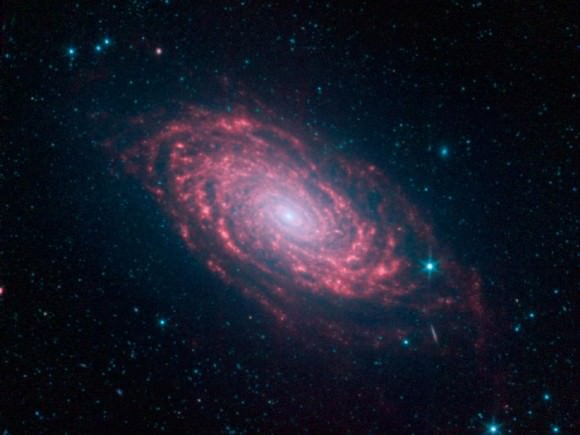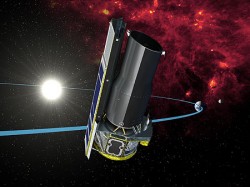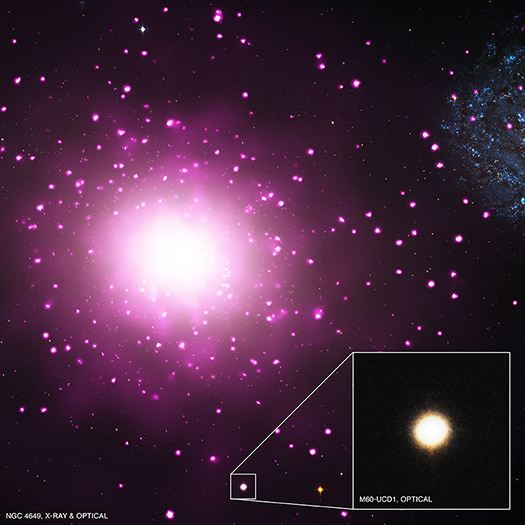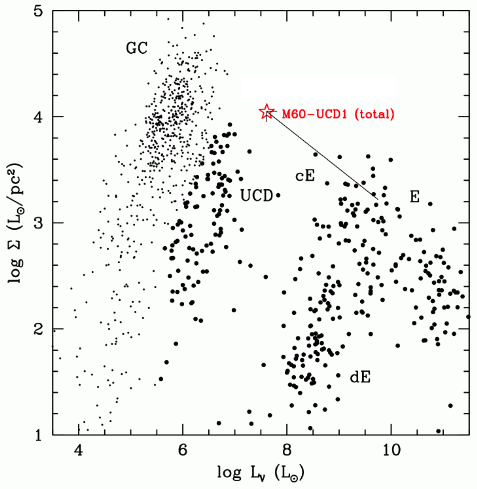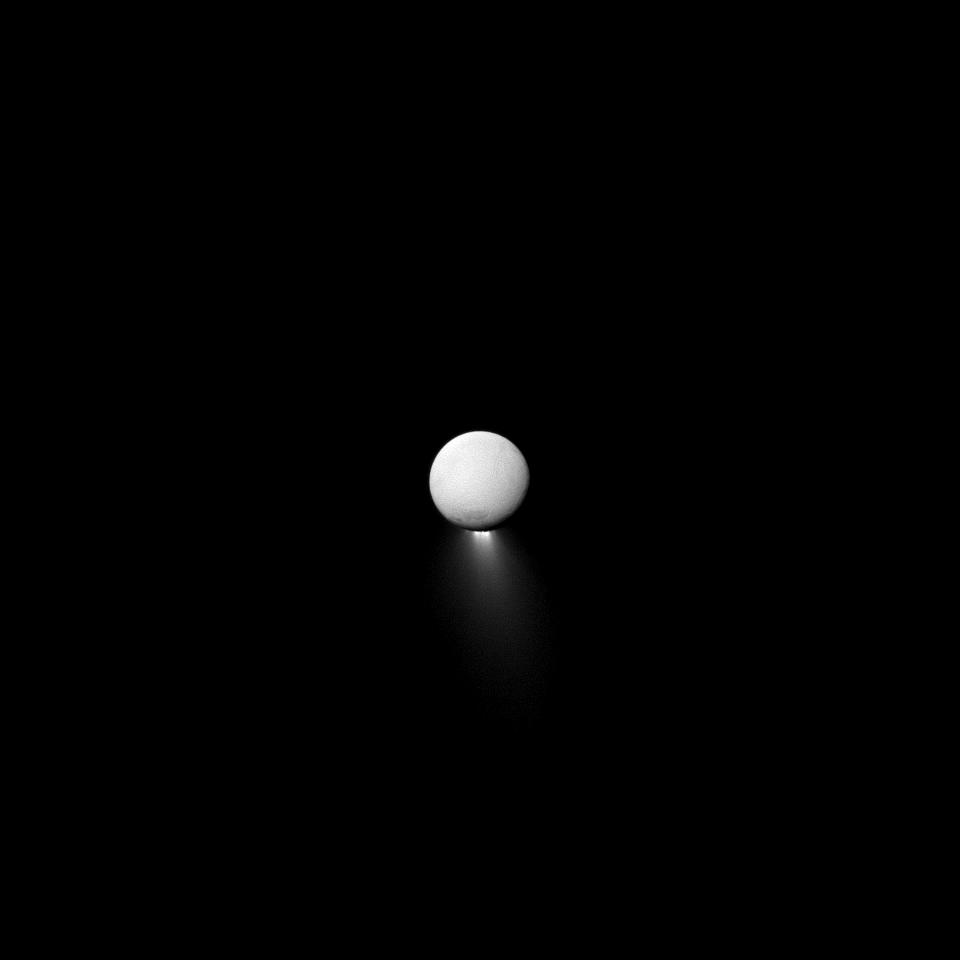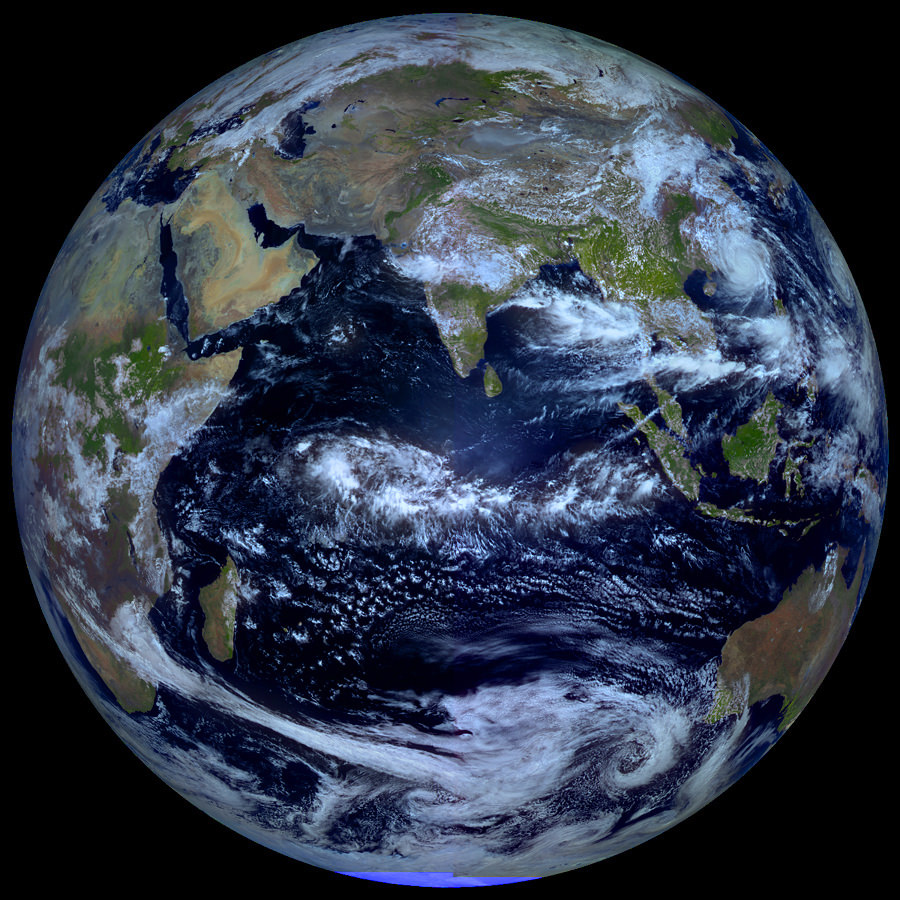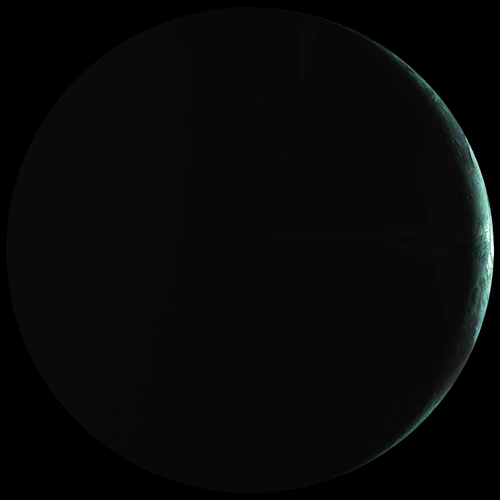Astronomers believe that hidden deep within the wealth of data collected by NASA’s Kepler mission are minuscule signatures confirming the presence of exomoons. With such a promising discovery on the horizon, researchers are beginning to address the factors that may deem these alien moons habitable.
A new study led by Dr. René Heller from McMaster University in Canada and Dr. Jorge Zuluaga from the University of Antioquia in Colombia takes a theoretical look at habitability – exploring the key components that may make exomoons livable. While stellar and planetary heating play a large role, it’s quickly becoming clear that the magnetic environments of exomoons may be even more critical.
An exoplanet’s habitability is first and foremost based on the circumstellar habitable zone – the temperature band around a star in which water may exist in its liquid state. Exomoons, however, have an additional set of constraints that affect their habitability. In a set of recent papers, Dr. Heller and Dr. Rory Barnes (from the University of Washington) defined a “circumplanetary habitable edge,” which is roughly analogous to the circumstellar habitable zone.
Here the question of habitability is based on the relationship between the exomoon and its host planet. The additional energy source from the planet’s reflected starlight, the planet’s thermal emission, and tidal heating in the moon may create a runaway greenhouse effect, rendering the exomoon uninhabitable.
One look at Io – Jupiter’s closest Galilean satellite – shows the drastic effects a nearby planet may have on its moon. The strong gravitational pull of Jupiter distorts Io into an ellipsoid, whose orbit around the giant planet is eccentric due to perturbations from the other Galilean moons. As the orbital distance between Jupiter and Io varies on an eccentric orbit, Io’s ellipsoidal shape oscillates, which generates enormous tidal friction. This effect has led to over 400 active volcanic regions.
Note that this is an edge, not a zone. It defines only an innermost habitable orbit, inside which a moon would become uninhabitable. The exomoon must exist outside this edge in order to avoid intense planetary illumination or tidal heating. Exomoons situated in distant orbits, well outside the circumplanetary habitable edge, have a chance at sustaining life.
But the question of habitability doesn’t end here. Harmful space radiation can cause the atmosphere of a terrestrial world to be stripped off. Planets and moons rely heavily on magnetic fields to act as protective bubbles, preventing harmful space radiation from depleting their atmospheres.
With this in mind, Heller and Zuluaga set out to understand the evolution of magnetic fields of extrasolar giants, which are thought to affect their moons. It’s unlikely that small, Mars-sized exomoons will produce their own magnetic fields. Instead, they may have to rely on an extended magnetic field from their host planets.
This planetary magnetosphere is created by the shock between the stellar wind and the intrinsic magnetic field of the planet. It has the potential to be huge, protecting moons in very distant orbits. Within our own Solar System Jupiter’s magnetosphere ends at distances up to 50 times the size of the planet itself.
Heller and Zuluaga computed the evolution of the extent of a planetary magnetosphere. “Essentially, as the pressure of the stellar wind decreases over time, the planetary magnetic shield expands,” Dr. Heller told Universe Today. “In other words, the planetary magnetosphere widens over time.”
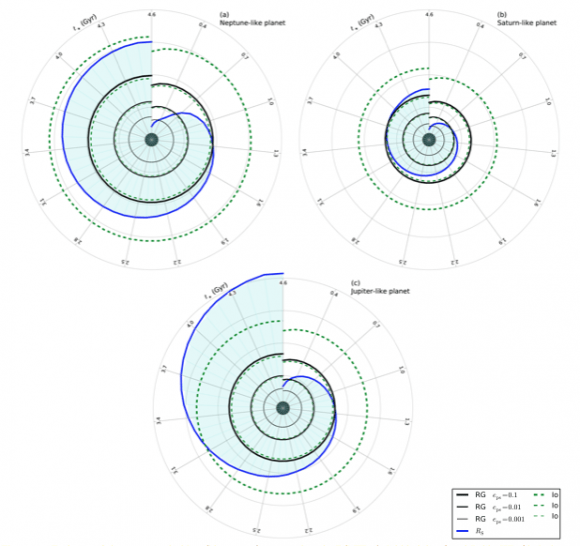
The team applied these two models to three scenarios: Mars-sized moons orbiting Neptune-, Saturn-, and Jupiter-like planets. These three systems were always located in the center of the circumstellar habitable zone of a 0.7 solar-mass star. Here are the take-home messages:
1.) Mars-like exomoons beyond 20 planetary radii around any of the three host planets act like free planets around a star. They are well outside the habitable edge, experiencing no significant tidal heating or illumination. While their extreme distance is promising, they will never be enveloped within their host planet’s magnetosphere and are therefore unlikely to harbor life.
2.) Mars-like exomoons between 5 and 20 planetary radii face a range of possibilities. “Intriguingly, formation theory and observations of moons in the Solar System tell us that this is the range in which we should expect most exomoons to reside,” explains Dr. Heller.
For an exomoon beyond the habitable edge of a Neptune-like planet it may take more than the age of the Earth, that is, 4.6 billion years to become embedded within its host planet’s magnetosphere. For a Saturn-like planet it may take even longer, but for a Jupiter-like planet it will take less than 4.3 billion years.
3.) Mars-like exomoons inside 5 planetary radii are enveloped within the planetary magnetosphere early on but not habitable as they orbit within the planet’s habitable edge.
In order for an exomoon to be habitable it must exist well outside the habitable edge, safe from stellar and planetary illumination as well as tidal heating. But at the same time it must also exist near enough to its host planet to be embedded within the planet’s magnetosphere. The question of habitability depends on a delicate balance.
Dr. Zuluaga stressed that “one of the key consequences of this initial work is that although magnetic fields have been recognized as important factors determining the habitability of terrestrial planets across the Universe, including the Earth, Mars, and Venus, in the case of moons, the magnetic environment could be even more critical at defining the capacity of those worlds to harbor life.”
The paper has been accepted for publication in the Astrophysical Journal Letters and is available for download here.

